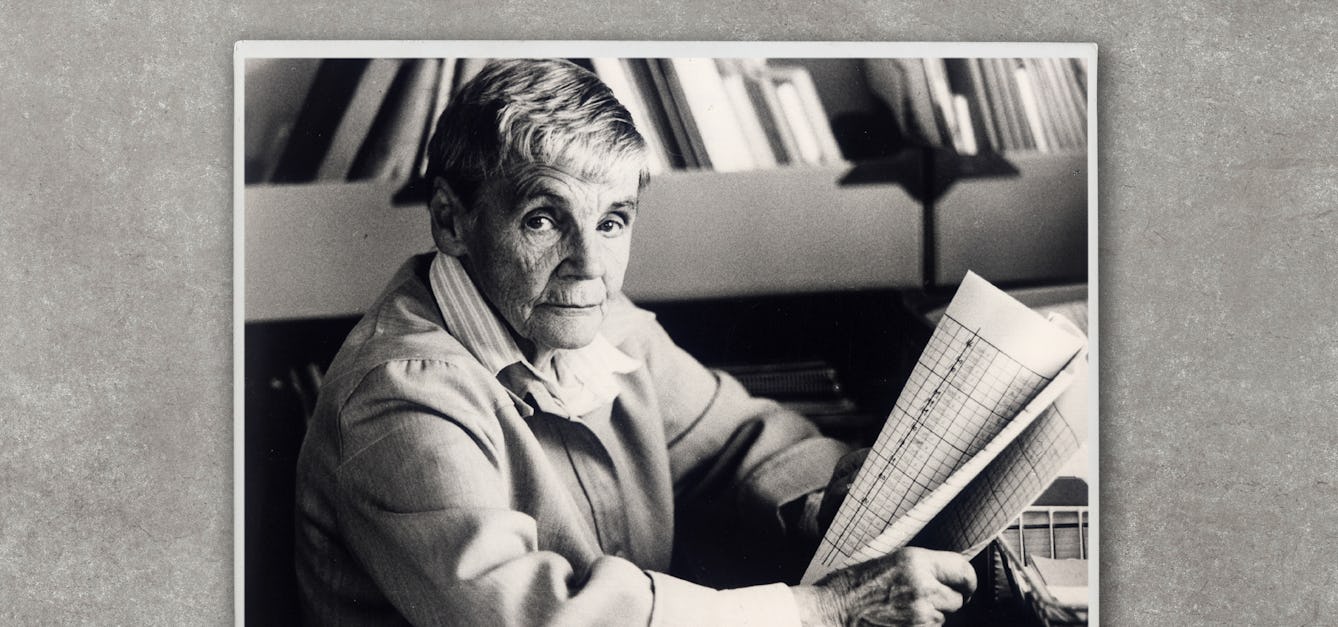Stories

- In pictures
Why we still need quarantine
For years, quarantine has been an important measure to curb the spread of infection and avert further deaths. Discover the way it has been used in the past and why it is still necessary today.

- In pictures
We are the survivors of slow-motion epidemics
Pioneering epidemiologist Dr Alice Stewart realised how things in our daily lives could be as deadly as any infectious disease.

- Book extract
The science of why things spread
From deadly pandemics to viral tweets, Adam Kucharski explores what makes something contagious.

- In pictures
AIDS awareness posters from the 1980s onwards
The AIDS public health poster campaign chose print even in the internet age and dealt with issues of identity and behaviour like never before.
Catalogue
- Archives and manuscripts
INFECTIOUS DISEASE NOTIFICATION
Date: 1911-1952Reference: PP/JRH/A/92-97Part of: Hutchinson, James Randal (c. 1880-1955) and Bradley, William Henry (1898-1975)- Books
EPIDEMIC ORIENTALISM: RACE, CAPITAL, AND THE GOVERNANCE OF INFECTIOUS DISEASE.
WHITE, ALEXANDRE I. RDate: 2023- Books
Infectious diseases and Singapore : past, present, and future / authors, Hsu Li Yang & Vincent Pang Junxiong ; editors, David Lye Chien Boon & Paul Anantharajah Tambyah.
Hsu, Li Yang, 1972-Date: [2015]
- Books
- Online
Infectious disease / by R.C.R. Jordan.
Jordan, Robert C.R.Date: 1882- Books
Infectious Disease (Notification) Act, 1889 : 52 & 53 Vict. Ch. 72.].
Great Britain. ParliamentDate: 1889









